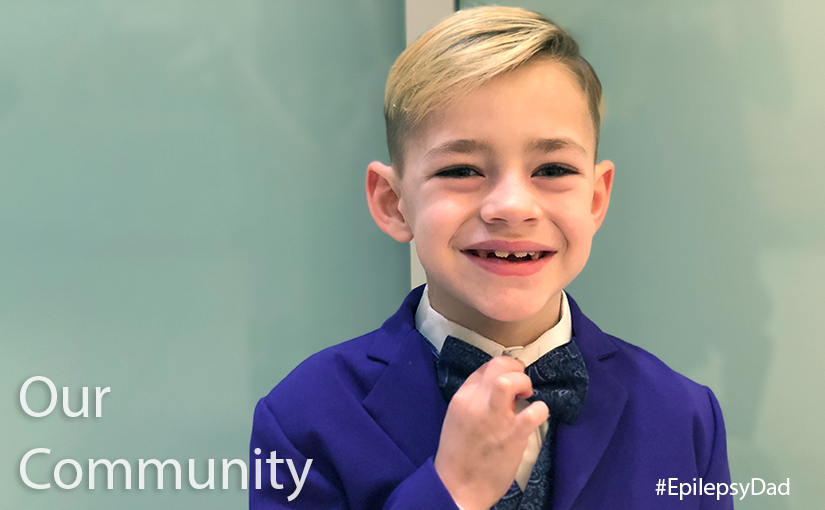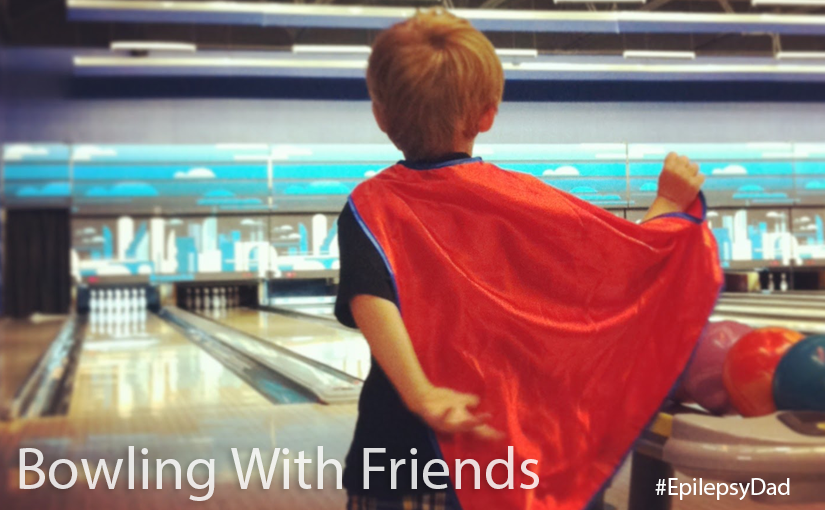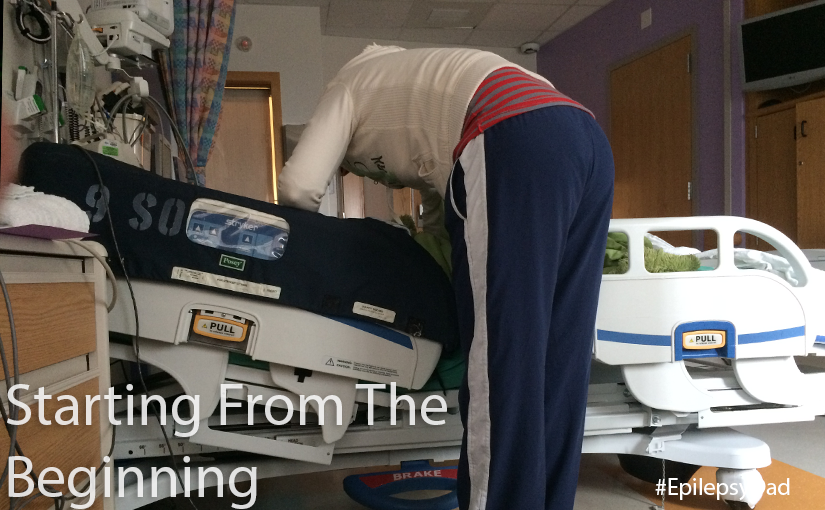My wife and I were honored as the King and Queen of the Epilepsy Foundation of Eastern Pennsylvania’s Mardi Gras Galas. The Gala is the signature fundraising event of the foundation and brings together Philadelphia’s top neurologists, hospitals, pharmaceutical companies, and members from its business and legal communities to celebrate the Foundation and its accomplishments to improve the quality of life of individuals living with epilepsy and their caregivers.
We were joined at the Gala by an extended table full of our family and friends. There were people at our table that made my son better and that made our lives better. There were people at our table that gave us hope and made us feel like we were not alone. There were people at our table that gave my son a chance made him feel special and normal at the same time. Instead of seeing a sick kid, they saw a baseball player, a jokester, and a dancer. But mostly, they saw a child. And they let him be himself and accepted him for who he was. That is a gift that I can never repay, and having our table full of those people…our people…made that night even more special.
Good evening. We are honored to be here with you all tonight. My name is David Monnerat. This is my wife Kerri, and this is our son.
[Our son: Hi, Is everybody having a great time??]
Our journey with epilepsy started 3 years ago when we moved from Colorado to Philadelphia. Two miles away from where we are tonight, Mitchell had his first seizure. For many of you in this room, you know how scary that can be. We were alone in a new city with no support and found ourselves locked in the hospital watching our son slip away, fighting a battle against an enemy that seemed determined to take him from us.
We have never been so scared, we have never felt so alone. But little did we know, our journey couldn’t have started in a better place. I always say, “We don’t believe there is a malevolent force working against us, a trick of fate where we drew the short straw and our son got sick! We believe this is our path and everyone has “something”. That being said, I am more certain now than ever that there is a force, an energy, a God that ensured we were given every possible gift to help keep us going through this journey. We were given this wonderful city, Children’s Hospital of Philadelphia, the Epilepsy Foundation of Eastern Pennsylvania, and the system of support that has come to form our village who are sturdy and enduring, loving and true.
There are people in this room that saved our son’s life.
There are people in this room that put our son back together.
There are people in this room that made him a part of a team.
There are people in this room that have become family.
If you ever wonder if these things you do ever make a difference to anyone, I’m here to tell you that the answer to that question is “yes”.
Thank you for the honor. Thank you for your support for the foundation and for this community. Our community.
Thank you.




